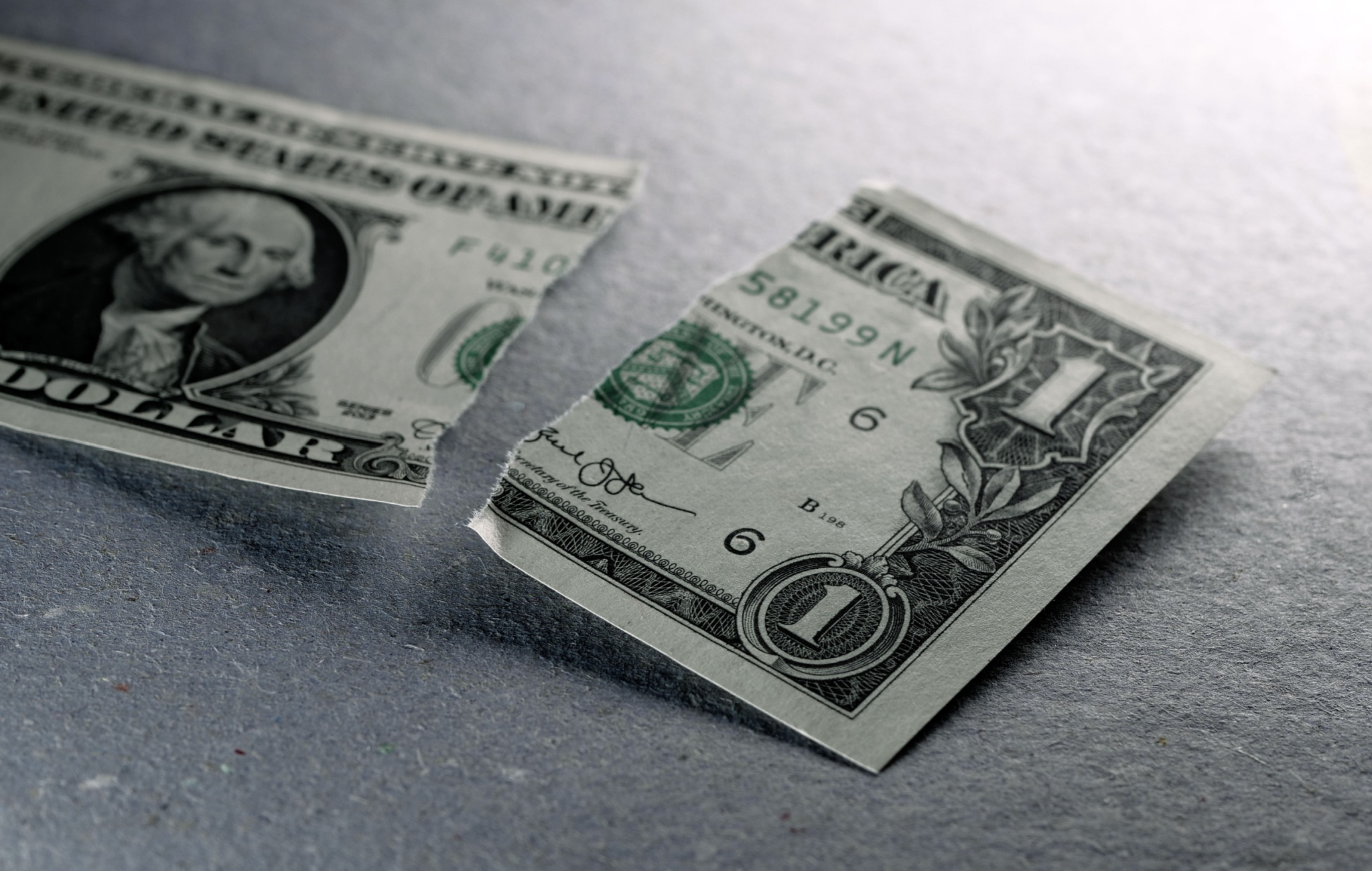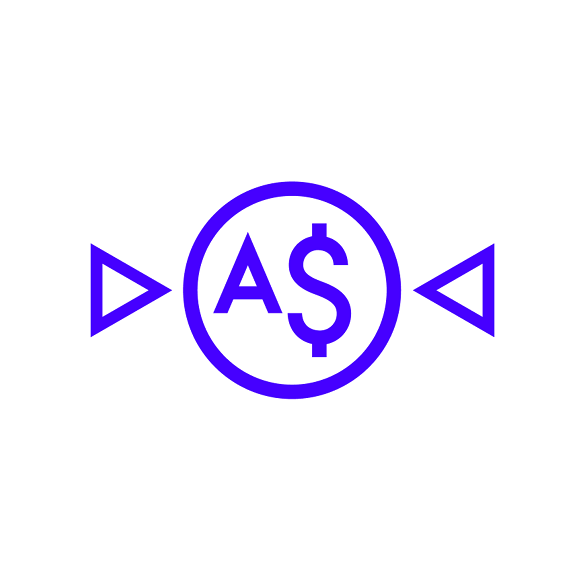(Bloomberg) — Rates traders are now betting the Federal Reserve will lift its benchmark rate by at least three-quarters of a percentage point next week, with some chatter that the increase might need to be even bigger than that after consumer-price inflation data came in hotter than expected.
Most Read from Bloomberg
Investors are also driving up expectations for just how high they reckon the central bank might ultimately push policy rates early in 2023 — toward around 4.3% — although it appears that concern is mounting about whether that could also crimp economic activity in a way that forces them to re-ease policy before 2023 is out. Swaps linked to Fed meeting dates suggest that the benchmark will be back down to less than 3.8% by the end of that year.
In the meantime, the overnight index swap contract for September 2022 at one stage rose as high as 3.14% on Tuesday, some 81 basis points more than the current effective fed funds rate, suggesting that a minimum 75-basis-points of tightening is seen as a lock for next week. It also implies some chance that officials could look to lift by a full percentage point, and some analysts have begun to shift their views toward that scenario. With Fed officials in their pre-meeting blackout period, however, there’s little chance for the central bank to officially lay the groundwork for such a change, so all eyes will be on sentiment within markets and the media.
Treasury yields jumped across the curve, with the two-year rate soaring as much as 21 basis points to about 3.78%, the highest since October 2007. Yields on 30-year bonds rose about six basis points to 3.57%, a level last seen in 2014, and were trading below the rates offered by five-year notes. Yields on benchmark 10-year notes climbed as much as 10 basis points to 3.46%, while the dollar rallied against its major peers and US stocks dived.
The US consumer price index increased 0.1% from July, after no change in the prior month, Labor Department data showed Tuesday. From a year earlier, prices climbed 8.3%, a slight deceleration, largely due to recent declines in gasoline prices.
So-called core CPI, which strips out the more volatile food and energy components, advanced 0.6% from July and 6.3% from a year ago. All measures came in above forecasts.
“There is no question the market is wrong-footed here,” said Gregory Faranello, head of US rates trading and strategy at AmeriVet Securities. “The Fed goes 75bps next week, and the question is are we going to 4.5% or higher? It keeps the heat on the Fed and the market. In the grand scheme of things rates are still low.”
Both five-year and 10-year real yields climbed to 1% for the first time in more than three years, suggesting continued tightening of financial conditions. Meanwhile the inversion of the 5- to 30-year nominal curve shifted to its most inverted level,in months.
To Mark Hamrick, senior economic analyst at Bankrate Inc., rate increases combined with the reduction of the central bank’s massive balance sheet “will act to further dampen economic activity and likely weaken the job market.”
This week’s MLIV Pulse survey is focused on the best trades ahead of the FOMC meeting. The survey is brief and we do not collect your name or any contact information. Please click here if you would like to share your views.
Traders are once again pricing in the prospect that the Fed will need to slash its benchmark rate by half a percentage point from its anticipated peak before the year 2023 is over. The pricing indicates concern that the increase in rates the Fed is likely to implement in order to tackle inflation could also drive the economy into recession and necessitate a re-easing of policy.
For now though, the policy moves look to be firmly pointed up, and the immediate debate is set to be over the size of this month’s move.
“Don’t be surprised if the Fed’s hand is forced” and they end up doing 100 basis points of tightening, said Nisha Patel, director and portfolio manager of fixed income at Parametric. “The idea that inflation had peaked has been dispelled, and now the likelihood of that soft landing for the economy has only decreased. Expect long-bond yields likely to come down leading up to the September meeting as recessionary risk increases.”
Economists at Nomura were among those to change their view in the wake of the CPI reading, saying they now expect a 100 basis-point move this month and a terminal rate of 4.50% to 4.75% by February 2023.
“It is increasingly clear that a more aggressive path of interest rate hikes will be needed to combat increasingly entrenched inflation stemming from an overheating labor market, unsustainably strong wage growth and higher inflation expectations,” they wrote.
(Updates throughout.)
Most Read from Bloomberg Businessweek
©2022 Bloomberg L.P.







































